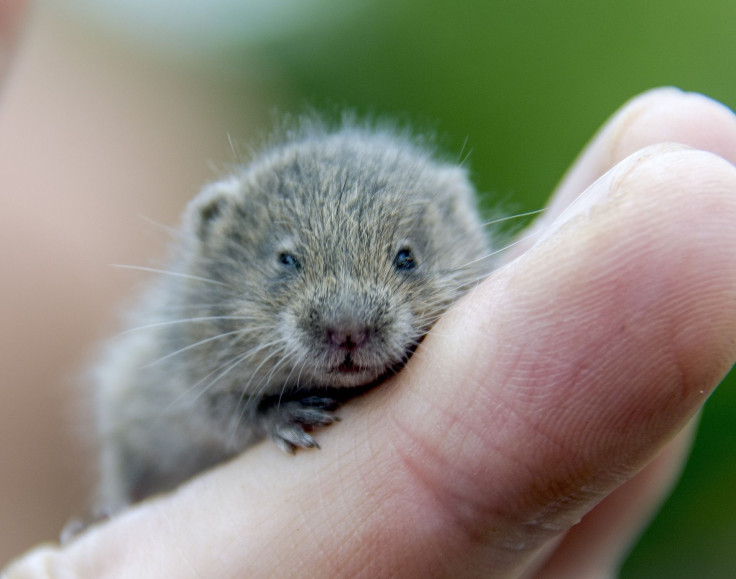Monogamous Voles May Help Explain How Human Love Is Sparked

Making someone fall in love with you is a power coveted by anyone who’s ever heard the phrase, “Let’s just be friends,” or otherwise felt the sting of unreciprocated affection. Researchers at Emory University say they've unlocked exactly how to do that in a study on voles.
Read: Our Brains Age To Help Us Develop Better Self-Control; Plus Tips To Manage Your Impulses
The team looked at the rodents’ neural circuits to evaluate just how the critters bond to their volemate. They artificially boosted certain brain circuits in female voles, and found that these animals preferred a male who they hadn't spent much time with and didn't mate with, even though those are usually requirements for bonding.
Like humans, prairie voles tend to be monogamous (which is why they were chosen). Males and females pair up, have kids, and raise them to adulthood. Also like us humans, there are some who have many lovers and children, but do not take responsibility for their offspring. Those are typically meadow and montane voles, both of which were not used in this study for obvious reasons.
Previous research has shown that brain chemicals like oxytocin and dopamine work in two areas of our brains, the prefrontal cortex and nucleus accumbens, an area linked to pleasure and reward, to establish a bond. Using probes, the team listened to neural communication between the regions in order to analyze how females reacted after spending hours doing the vole equivalent of netflix and chilling with a male. Usually, this type of cohabitation leads to a spark. They found that while bonding, the prefrontal cortex, which is essential in making decisions, helps control the strength of neuron movement in the nucleus accumbens. The stronger the movement, the more affectionate female voles were (as exhibited by snuggling).
Wondering whether this was a coincidence or if the relationship between the two brain regions caused the canoodling, researchers conducted a second experiment using optogenetics. This method controls brain cells using laser lights. To mimic the earlier discovery of how the two brain regions interact during bonding, females briefly hung with males while having their brain circuits stimulated using light. No hanky panky took place during the meeting, which is usually a requirement for vole bonding. The animals whose brains were stimulated still showed a preference for her partner compared to a stranger.
The team essentially played cupid by making the females fall for the males.
"Prairie voles were critical to our team's findings because studying pair bonding in humans has been traditionally difficult," says co-lead author Elizabeth Amadei, PhD, in a statement. "As humans, we know the feelings we get when we view images of our romantic partners, but, until now, we haven't known how the brain's reward system works to lead to those feelings and to the voles' pair bonding." As the authors state in the paper, monogamy is exhibited in less than five percent of mammals, making it extremely rare, and all the more interesting to study.
The team hopes to use their results for good, and not by eliminating unrequited love, but by furthering treatment options for people with autism.
Read: Keeping A Secret Is Hard, And Possibly Bad For Your Health, But Not For The Reasons You Think
"Our team's work is an example of a larger effort in neuroscience to better quantify how brain circuits function during natural social behaviors,” says study co-author Robert Liu, PhD and associate professor in Emory's Department of Biology, in a statement. “Our goal is to promote better neural communication to boost social cognition in disorders such as autism, in which social functioning can be impaired.”
See Also:
Science Says Women Like Men Who Listen
Binge Eating Linked To Activating Neurons In Specific Brain Area In Mice



























